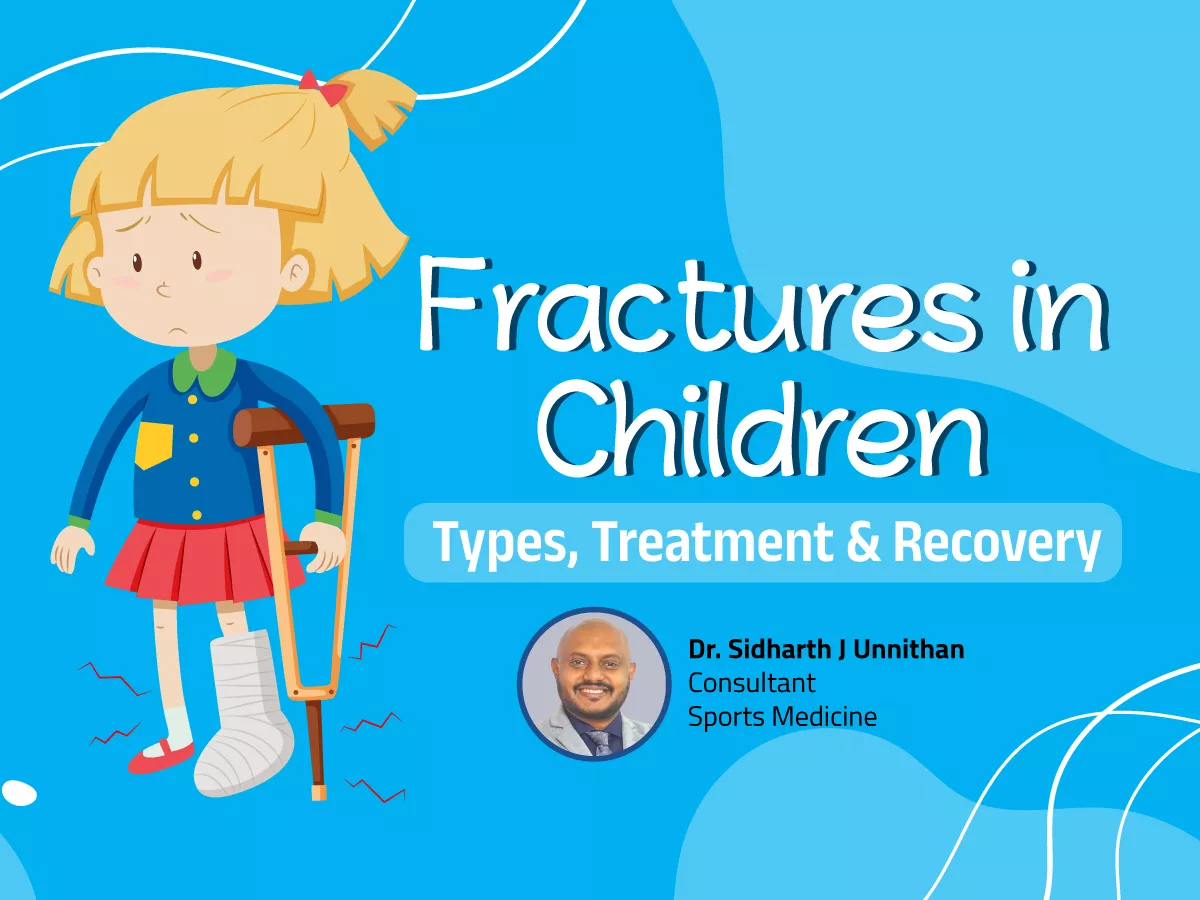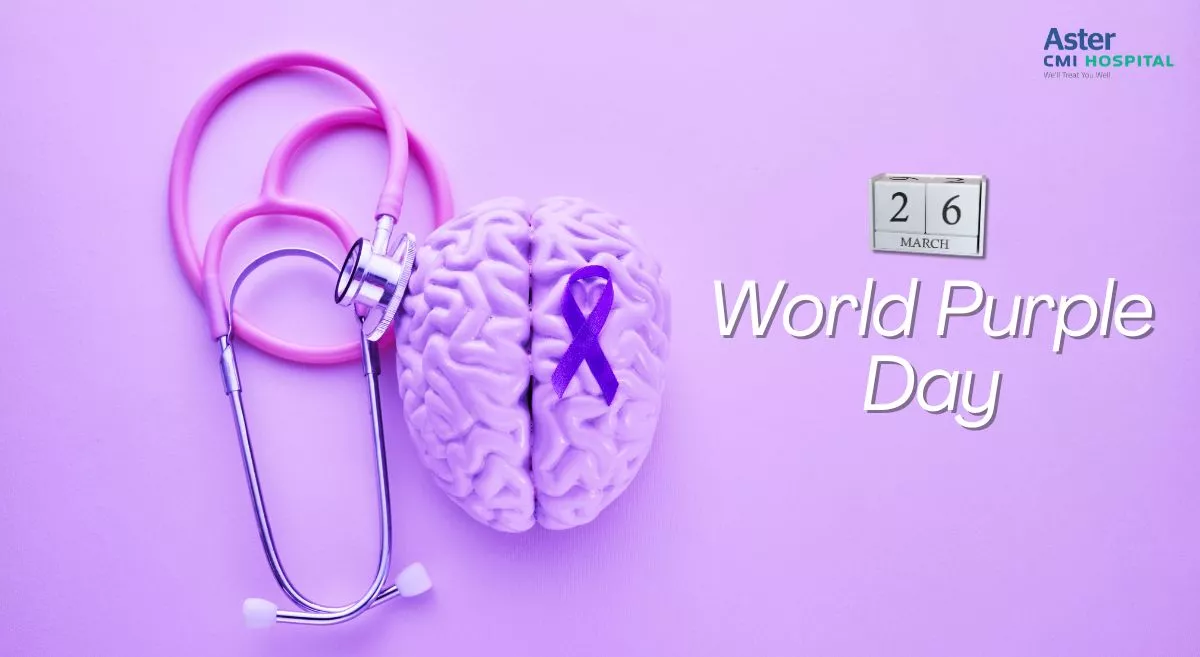Fractures, or broken bones, are a common injury in children due to their active lifestyles and developing skeletal systems. Understanding the different types of fractures, their treatments, and the recovery process is essential for parents and caregivers to ensure the best outcomes for their children.
Types of Fractures in Children
Children's bones are more flexible and resilient than adults' bones, which affects the types of fractures they are likely to experience. Here are the most common types of fractures seen in children:
- Greenstick Fracture:This type occurs when the bone bends and partially breaks, similar to how a green twig breaks. It is more common in younger children due to the flexibility of their bones.
- Torus (Buckle) Fracture:A torus fracture happens when one side of the bone is compressed, causing a buckle or raised area. These fractures are usually stable and heal quickly.
- Complete Fracture:In a complete fracture, the bone is broken all the way through. This can occur in various patterns, such as transverse (straight across), oblique (at an angle), or spiral (around the bone).
- Growth Plate Fracture:These fractures occur in the growth plates, the areas of developing tissue near the ends of long bones in children and adolescents. Growth plate fractures require careful treatment to ensure proper bone growth.
- Bowing Fracture:This type involves a significant bend in the bone without a complete break. Bowing fractures often occur in the forearm and can accompany other types of fractures.
- Stress Fracture:Stress fractures are tiny cracks in the bone caused by repetitive stress or overuse. They are less common in children than in adults but can occur in young athletes.
Treatment of Fractures in Children
The treatment of fractures in children depends on the type, location, and severity of the fracture. Here are the primary treatment options:
- Casting and Splinting: Most fractures in children can be treated with a cast or splint to immobilize the bone and allow it to heal. Casts provide more rigid support, while splints are often used for minor fractures or to allow for swelling.
- Reduction: In cases where the bone fragments are misaligned, a procedure called reduction may be necessary. This involves realigning the bone fragments, which can be done manually (closed reduction) or surgically (open reduction).
- Surgery: Severe fractures, particularly those involving the growth plate or multiple bone fragments, may require surgical intervention. Surgeons may use pins, screws, or plates to stabilize the bone.
- Pain Management: Pain relief is an important aspect of fracture treatment. Consult the doctor immediately.
- Physical Therapy: After the bone begins to heal, physical therapy can help restore strength, flexibility, and range of motion. This is especially important for fractures that involve joints.
- Recovery and Rehabilitation:The recovery process for fractures in children is generally faster than in adults due to their bones' natural ability to heal more quickly. However, several factors can influence the recovery time, including the type and location of the fracture, the child's age, and how well they adhere to treatment recommendations.
- Healing Time: Simple fractures can heal in as little as 3-6 weeks, while more complex fractures may take several months. Growth plate fractures require careful monitoring to ensure proper healing.
- Follow-Up Care: Regular follow-up appointments with the healthcare provider are crucial to monitor the healing process and make any necessary adjustments to the treatment plan.
- Activity Restrictions: During recovery, children may need to limit physical activities to prevent re-injury. It’s essential to follow the doctor's advice regarding when it’s safe to resume sports and other vigorous activities.
- Nutrition: A balanced diet rich in calcium and vitamin D supports bone healing. Encouraging children to eat foods like dairy products, leafy greens, and fortified cereals can aid recovery.
Conclusion
Fractures in children, while common, require careful attention to ensure proper healing and prevent future complications. By understanding the types of fractures, the appropriate treatments, and the recovery process, parents and caregivers can help their children recover swiftly and return to their normal activities. If your child sustains a fracture, seek prompt medical attention and follow the prescribed treatment plan for the best outcome.







